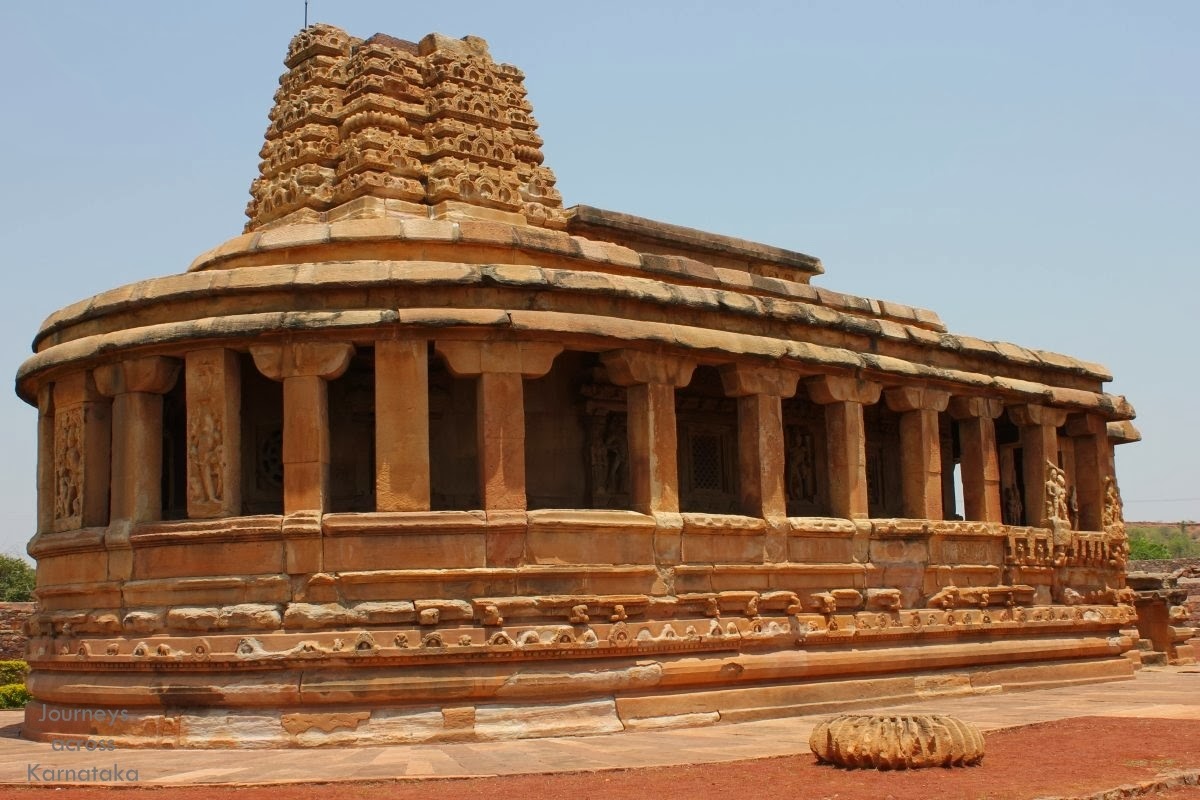The Durga Temple is one of the most revered spiritual sites in India, attracting thousands of pilgrims and tourists each year. This temple, dedicated to Goddess Durga, represents strength, power, and the victory of good over evil. Its rich history, architectural grandeur, and cultural significance make it a must-visit destination for anyone interested in Indian heritage and spirituality.
In this article, we will delve deep into the fascinating world of Durga Temple, exploring its history, architecture, religious significance, and the vibrant festivals celebrated here. Whether you are a devotee or a curious traveler, this guide aims to provide you with comprehensive insights into this sacred location.
Join us as we uncover the mysteries of the Durga Temple, where spirituality, tradition, and architectural brilliance converge to create an unforgettable experience.
Table of Contents
- 1. History of Durga Temple
- 2. Architectural Marvels
- 3. Religious Significance
- 4. Major Festivals Celebrated
- 5. Visiting Durga Temple
- 6. Tips for Travelers
- 7. Biodata of Goddess Durga
- 8. Conclusion
1. History of Durga Temple
The Durga Temple has a rich history that dates back several centuries. It is believed to have been constructed in the 8th century, making it one of the oldest temples dedicated to Goddess Durga. According to legend, the temple was built by a king who sought the blessings of the goddess for victory in battle.
Over the years, the temple has undergone various renovations and restorations, preserving its ancient architecture while adapting to the needs of modern worshippers. The historical significance of the Durga Temple is not only limited to its age but also encompasses its role in the cultural and spiritual life of the region.
1.1 Architectural Influences
The architectural style of the Durga Temple reflects the unique blend of regional influences. It showcases intricate carvings, grand entrances, and stunning sculptures that depict various aspects of Goddess Durga's life and her battles against evil forces.
2. Architectural Marvels
The architecture of the Durga Temple is a testament to the skill and craftsmanship of ancient builders. The temple features a towering spire, known as the shikhara, which is adorned with elaborate carvings and sculptures. The entrance is flanked by majestic pillars that support the temple's structure, creating an awe-inspiring sight for visitors.
2.1 Key Features of the Temple
- Intricate Carvings: The walls of the temple are adorned with intricate carvings that depict various deities, scenes from mythology, and floral patterns.
- Sanctum Sanctorum: The innermost chamber houses the idol of Goddess Durga, beautifully adorned and worshipped by devotees.
- Pillared Halls: The temple features spacious halls supported by intricately carved pillars, providing a serene space for devotees to meditate and pray.
3. Religious Significance
The Durga Temple holds immense religious significance for Hindus. Goddess Durga is revered as a symbol of power and strength, embodying the divine feminine energy. Devotees visit the temple to seek her blessings for protection, prosperity, and success in their endeavors.
Many believe that the temple serves as a powerful energy center, attracting positive vibrations that enhance spiritual growth and well-being.
4. Major Festivals Celebrated
One of the highlights of visiting the Durga Temple is experiencing the vibrant festivals celebrated throughout the year. The most prominent of these is Durga Puja, a festival that honors the goddess and celebrates her victory over the buffalo demon Mahishasura.
4.1 Durga Puja Festivities
- Idol Procession: The festival begins with elaborate processions carrying beautifully crafted idols of Goddess Durga.
- Ritual Offerings: Devotees offer prayers, flowers, and sweets to the goddess during the festival.
- Cultural Programs: Traditional dance performances, music, and theatrical shows are organized to celebrate the goddess's glory.
5. Visiting Durga Temple
For those planning to visit the Durga Temple, there are a few important considerations to keep in mind. The temple is open to visitors year-round, but it is especially crowded during the festival season.
5.1 Accessibility and Location
The Durga Temple is located in a serene environment, surrounded by lush greenery. It is easily accessible by road, and public transportation options are available. Nearby accommodations range from budget hotels to luxury resorts, catering to different preferences.
6. Tips for Travelers
- Dress Modestly: Visitors are advised to dress modestly as a sign of respect while entering the temple.
- Plan Ahead: If visiting during peak festival times, it is advisable to plan ahead to avoid long queues.
- Engage with Locals: Interacting with local devotees can enhance your understanding of the temple's significance and traditions.
7. Biodata of Goddess Durga
| Name | Goddess Durga |
|---|---|
| Deity of | Strength, Protection, and Victory |
| Symbolism | Triumph of Good over Evil |
| Celebrated During | Durga Puja and Navratri |
8. Conclusion
In conclusion, the Durga Temple stands as a beacon of spirituality and cultural heritage. Its rich history, stunning architecture, and vibrant festivals make it a unique destination for pilgrims and tourists alike. Whether you seek spiritual solace or wish to explore India's rich traditions, a visit to the Durga Temple is sure to leave a lasting impression.
We encourage you to share your thoughts and experiences in the comments below, and don't forget to explore other articles on our site for more fascinating insights!
Thank you for reading, and we look forward to welcoming you back to our site for more enriching content!
Exploring The CHS Mankato Truck Line Camera: A Comprehensive Guide
Exploring Braddens St Charles: A Comprehensive Guide
Exploring Field House Fredericksburg VA: A Comprehensive Guide


